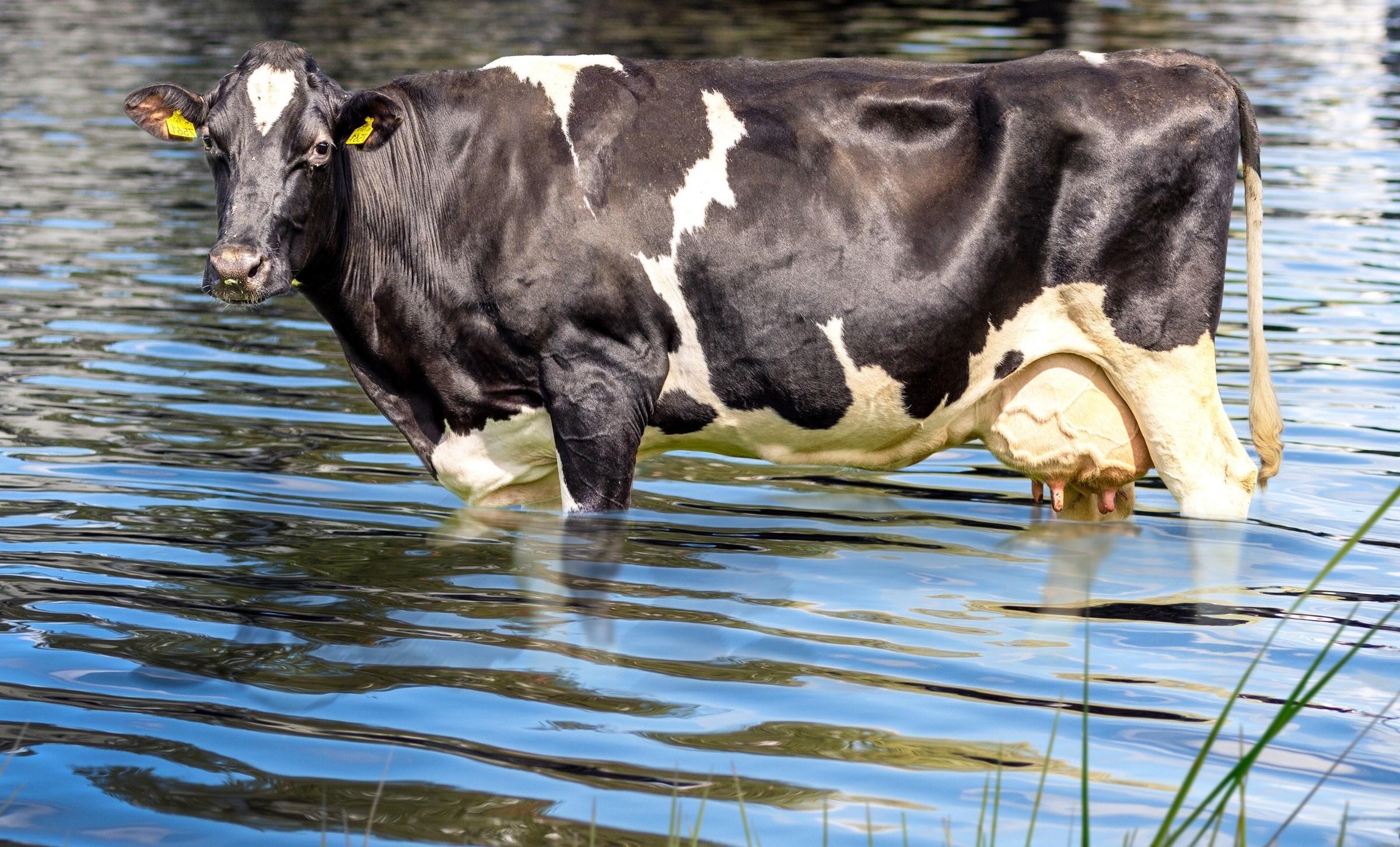Heat stress is a major challenge in Poultry and dairy production, especially during the hot summer months. It occurs when birds/animals face difficulty in achieving a balance between body heat production and heat loss. This imbalance can lead to several health issues and production losses.
Impact of heat stress on dairy animals
1. Decreases dry matter intake
- Rumen acidosis
- Laminitis
- Decreased milk component.
- Leaky Gut
- Inflammation
2. Reduced Milk production
3. Poor Reproductive performance
- Decreased oestrus intensity and length
- Decreased Ovarian follicle growth
- Impaired fetal growth
- Decreased fertility rate
- Early embryonic death
4. Impaired immune function.
Mitigating strategies to reduce heat stress
1. Managemental strategies
- Provide shed to heat stressed animal
- Provide extra air movement by installing fan in stall brans and holding areas.
- Using sprinklers and misters can help animals to dissipate excess body heat.
- Water can be run over a shade or roof to facilitate evaporative cooling.
- Provide a clean and abundant supply of drinking water.
- Sanitation should be increased due to the higher risk of mastitis and other infections caused by environmental microorganisms.
2. Nutritional strategies
- Raise the energy and nutrient densities of the diet by adding more concentrates and supplemental fat.
- Use of Buffers like sodium bicarbonate, sodium sesquicarbonate and magnesium oxide.
- feed forages with the highest digestibility.
- Maintain adequate fibre levels while slightly reducing the amount of ADF and NDF in the ration.
- Supplementation of additional fat in ration to maintain energy balance but it should not be exceeded 5 % of total ration dry matter.
- The use of rumen protected fats in the diet can substantially lower heat increment.
- Balance the protein levels in the ration to minimize excess soluble and rumen degradable protein.
- increase the protein content of the ration with rumen un-degradable protein (bypass protein).
- Maintaining a DCAD level of 200 to 300 mEq/kg DM is beneficial for healthy lactation during the warm summer months
- Consider certain feed additives that have been effective in some studies:
- Aspergillus oryzae
- Yeast culture or live cell yeast
- Niacin
- Dried brewers yeast
- Fat soluble vitamins (A, D, and E)
- Chromium
- betaine
- Monensin
3. Feeding Management
- To minimize heat production during high temperatures, provide most of the ration during cooler periods of the day since the peak of heat production from feed intake occurs 4-6 hours after feeding. (Morning 4 am to 6 am and evening 9 pm to 11 pm)
- To enhance feeding efficiency, increase feeding frequency to 4-6 times per day, with the largest proportion given at late evening or during nighttime.
- All cows are fed at the same time and offered a total mixed ration as per feasibility.
- If dry matter intake (DMI) significantly decreases, extra water should be added to the TMR, silage, or haylage. This can significantly increase DMI in some cases.
- Ensure that the ration for dry cows and springing heifers is balanced to minimize the risk of infectious and metabolic diseases.
- Increase the proportion of green fodder in the diet of heat stressed animal.
